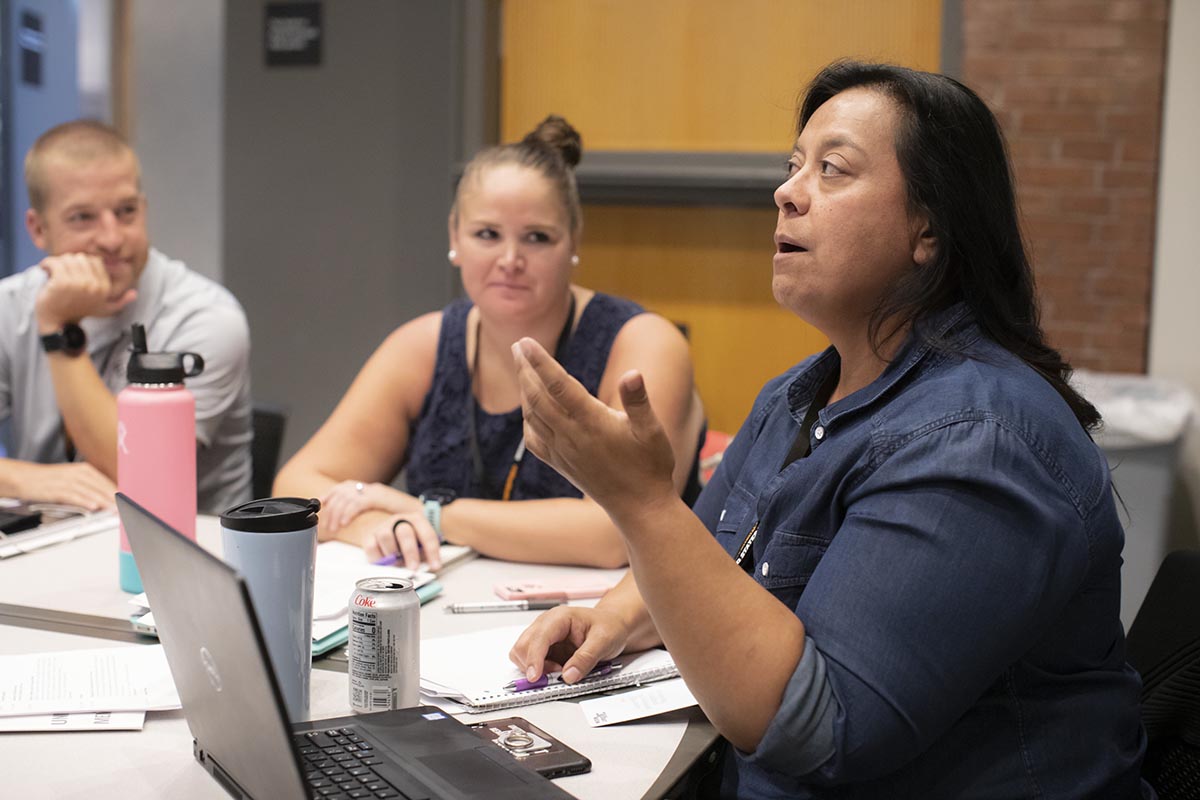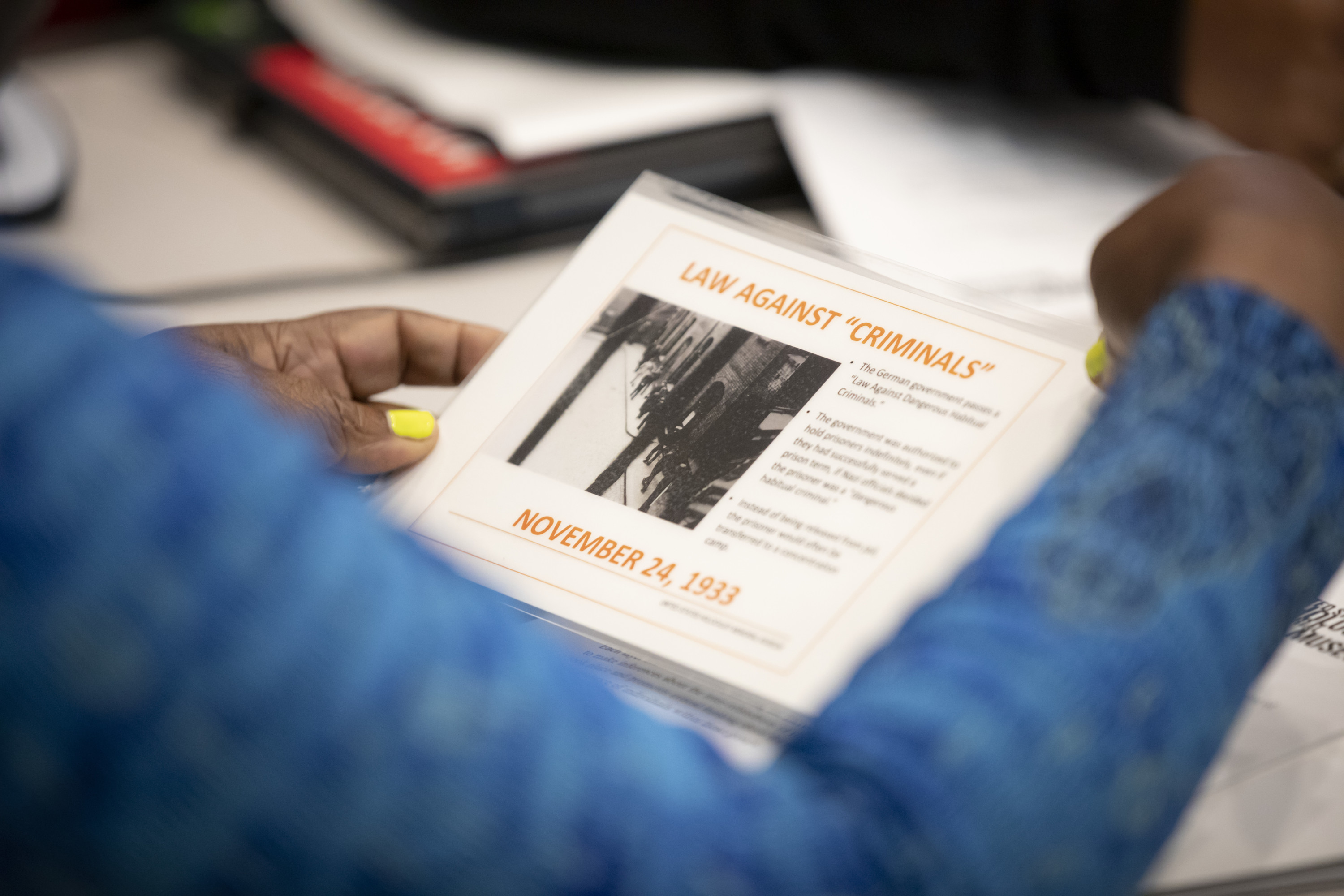Why Rationale is Important
The foundation of any lesson, unit, or course should rest on a clear set of rationales (Totten and Feinberg, 2001). A strong rationale provides focus and promotes understanding of the Holocaust as a complex historical event. Additionally, a strong, well-thought-out rationale provides structure and context for difficult curricular decisions.
Not sure where to begin?
Museum educators can connect you with classroom resources and answer questions about teaching the Holocaust.
Developing Rationale Statements
Think about why you are teaching this history before deciding what and how to teach about the Holocaust.
- What are the most fundamental topics/aspects of the Holocaust and why do you consider them important?
- Why is the topic relevant to your students today?
- There have been other genocides, why are you focusing on the Holocaust?
In addition, your rationale(s) should consider the following:
- Your knowledge of Holocaust history
- Your unique student population
- The particular course you are teaching
- Time available for study of the Holocaust
- External curricular requirements
- The Museum’s guidelines for teaching about the Holocaust
Examples of Rationale Statements
The rationale statement(s) in a history course can vary from those in a literature course but overlap in the content of the rationale statements can be expected. Some examples of common rationale statements are:
- To develop an understanding that the Holocaust was a watershed event not only in the twentieth century but in the entire history of humanity
- To teach students why, how, what, when, and where the Holocaust took place, including the key historical trends/antecedents that led up to and culminated in the “final solution”
- To reflect on the roles and responsibilities of individuals, groups, and nations when confronting the abuse of power, civil and human rights violations, and genocidal acts
- To provide context for students to explore the fears, pressures, and motivations that influenced the decisions and behaviors of individuals during the Holocaust
- To understand that the Holocaust was not an accident in history; it was not inevitable. It occurred because individuals, organizations, and governments made choices that not only legalized discrimination but also allowed prejudice, hatred, and ultimately mass murder to occur.
- To understand that democratic institutions and values are not automatically sustained, but need to be appreciated, nurtured, and protected.
- To question the role of silence and indifference to the suffering of others, or to the infringement of civil rights in any society, as a factor that can—however unintentionally—perpetuate these problems.
- To understand the importance of antisemitism and racism in Nazi ideology and their impact on the events of the Holocaust.
- To understand the connections between World War II and the Holocaust as historical phenomena.
When you take time to consider the rationale for your lessons on the Holocaust, you create a personal framework that helps you select content that:
- Matches your course goals and objectives;
- Speaks to your students’ interests;
- Provides a clearer understanding of a complex history.





